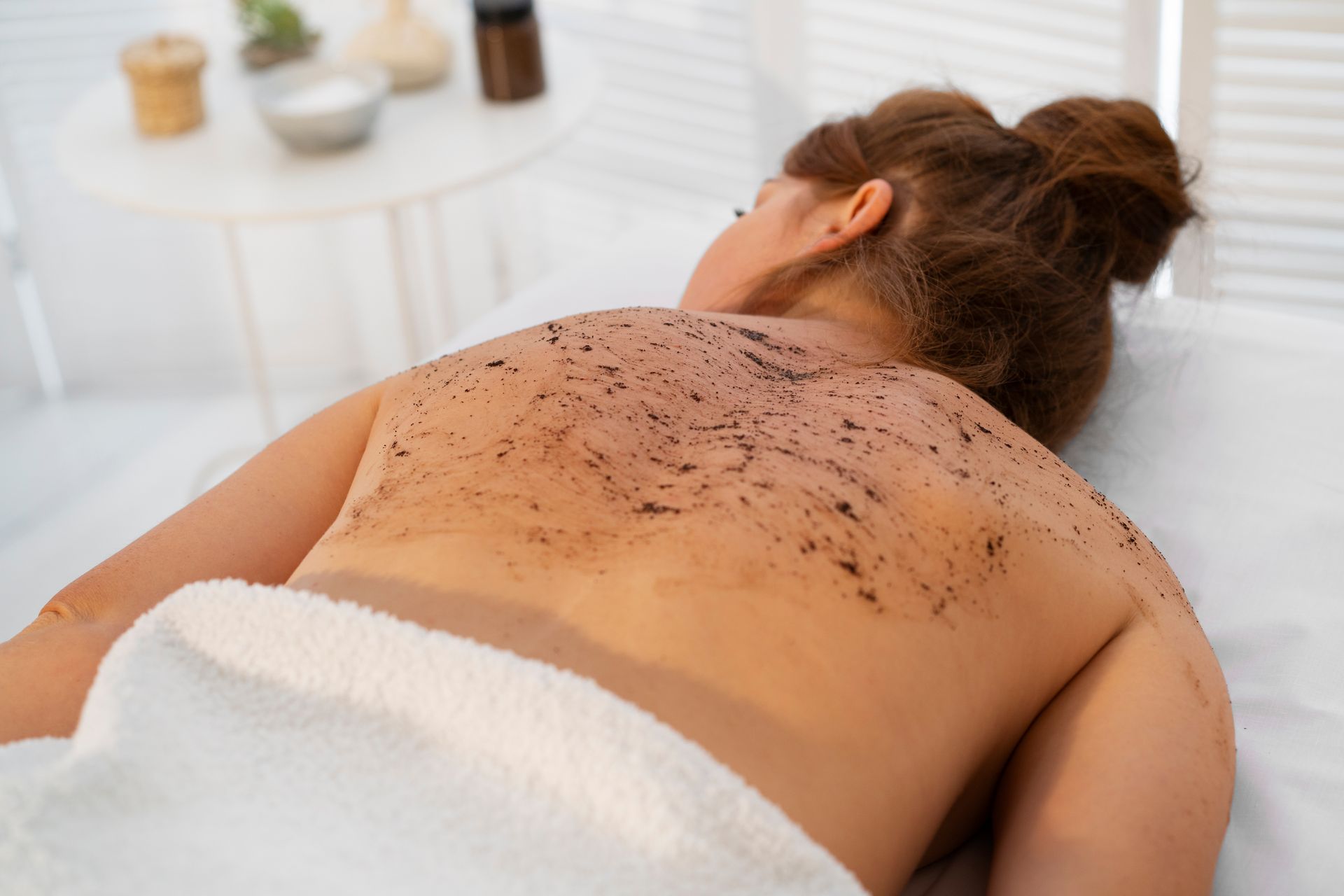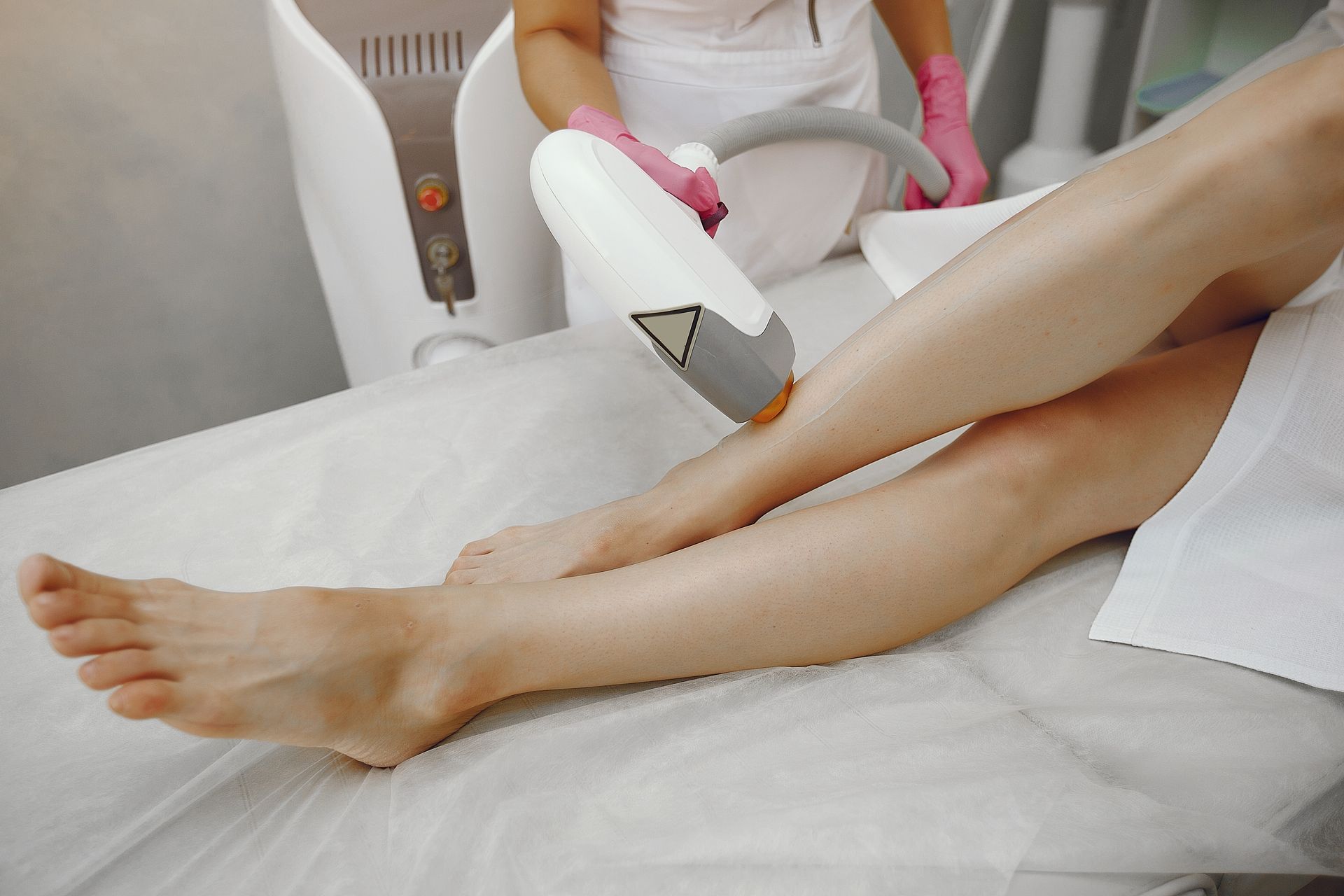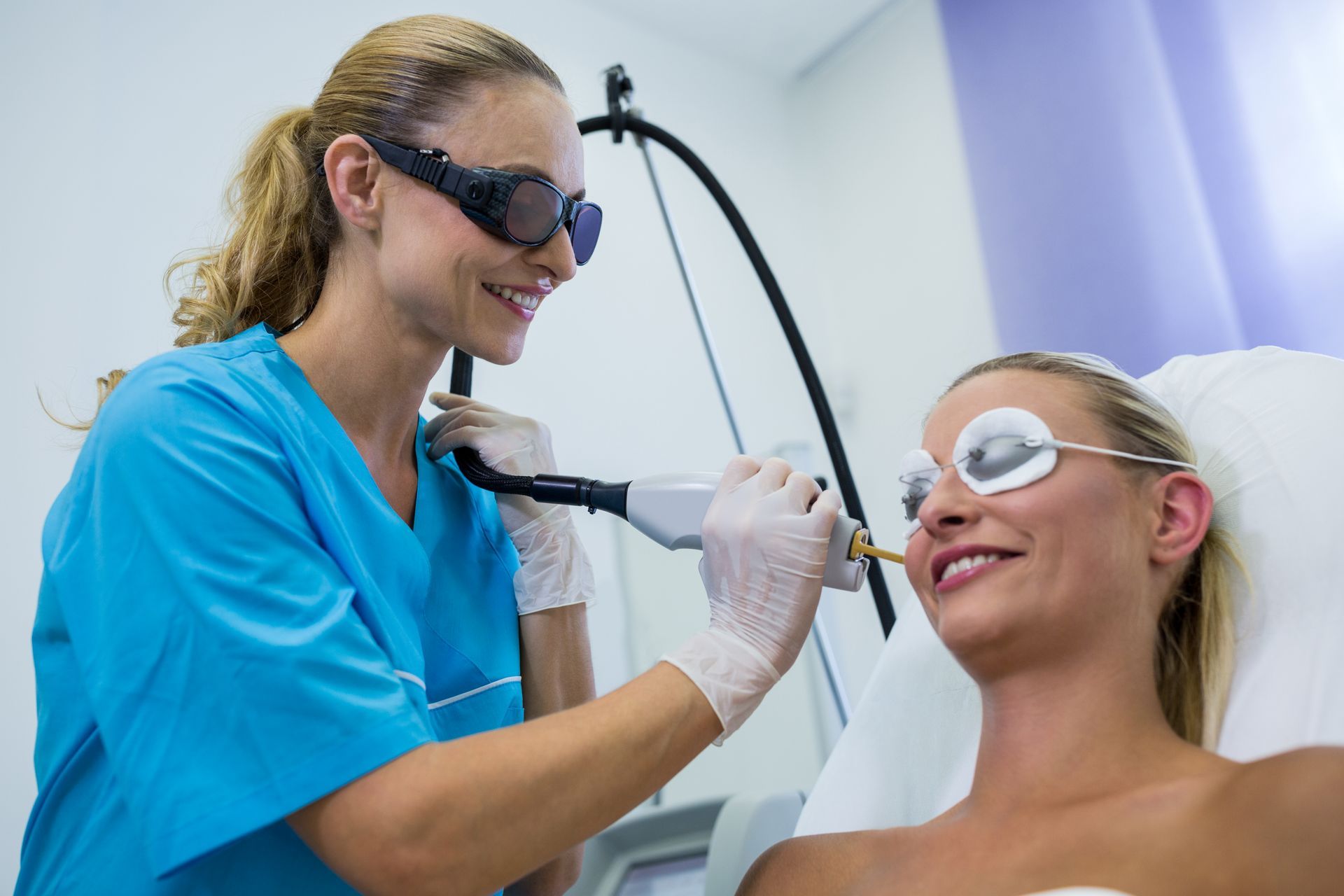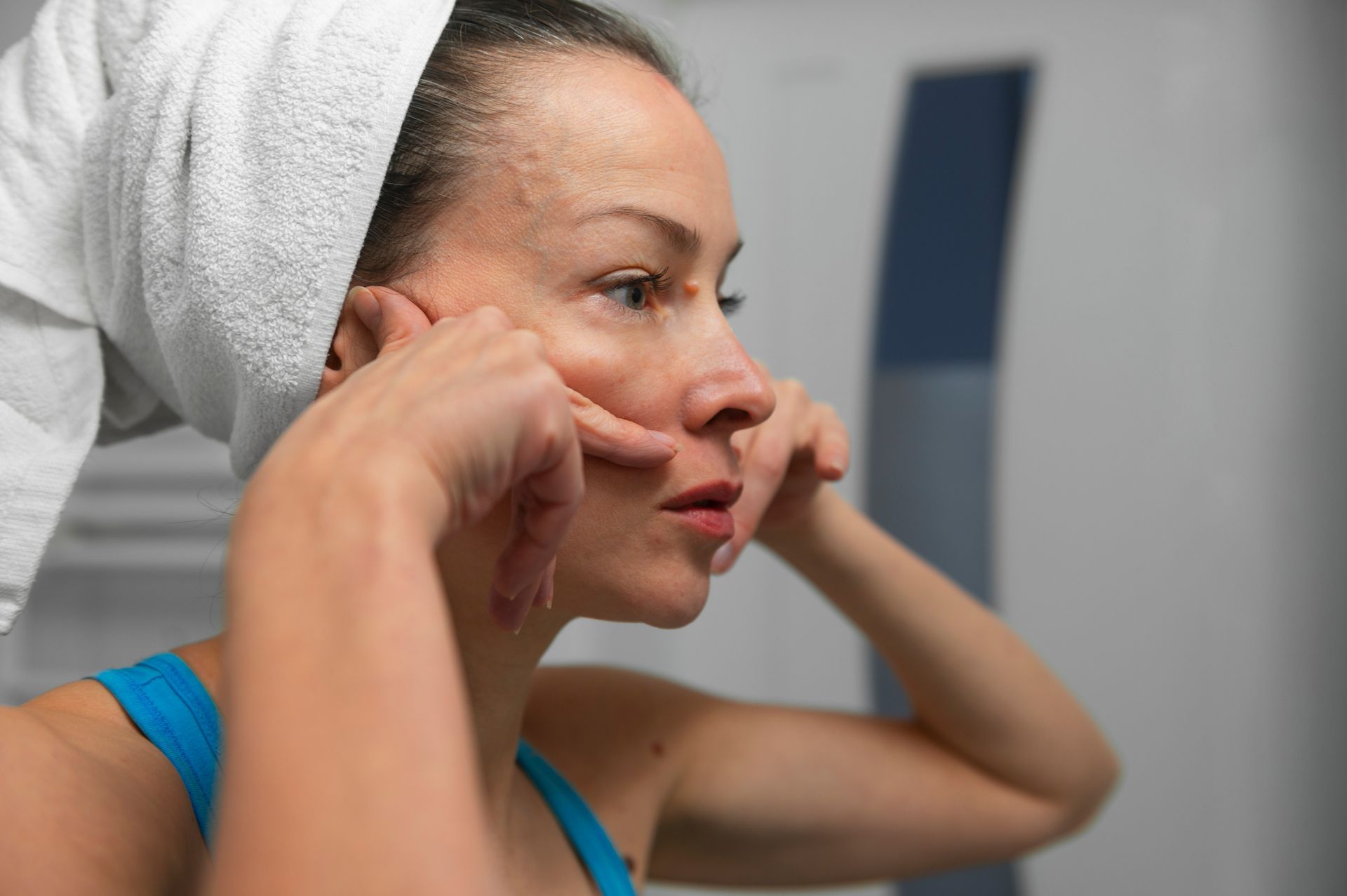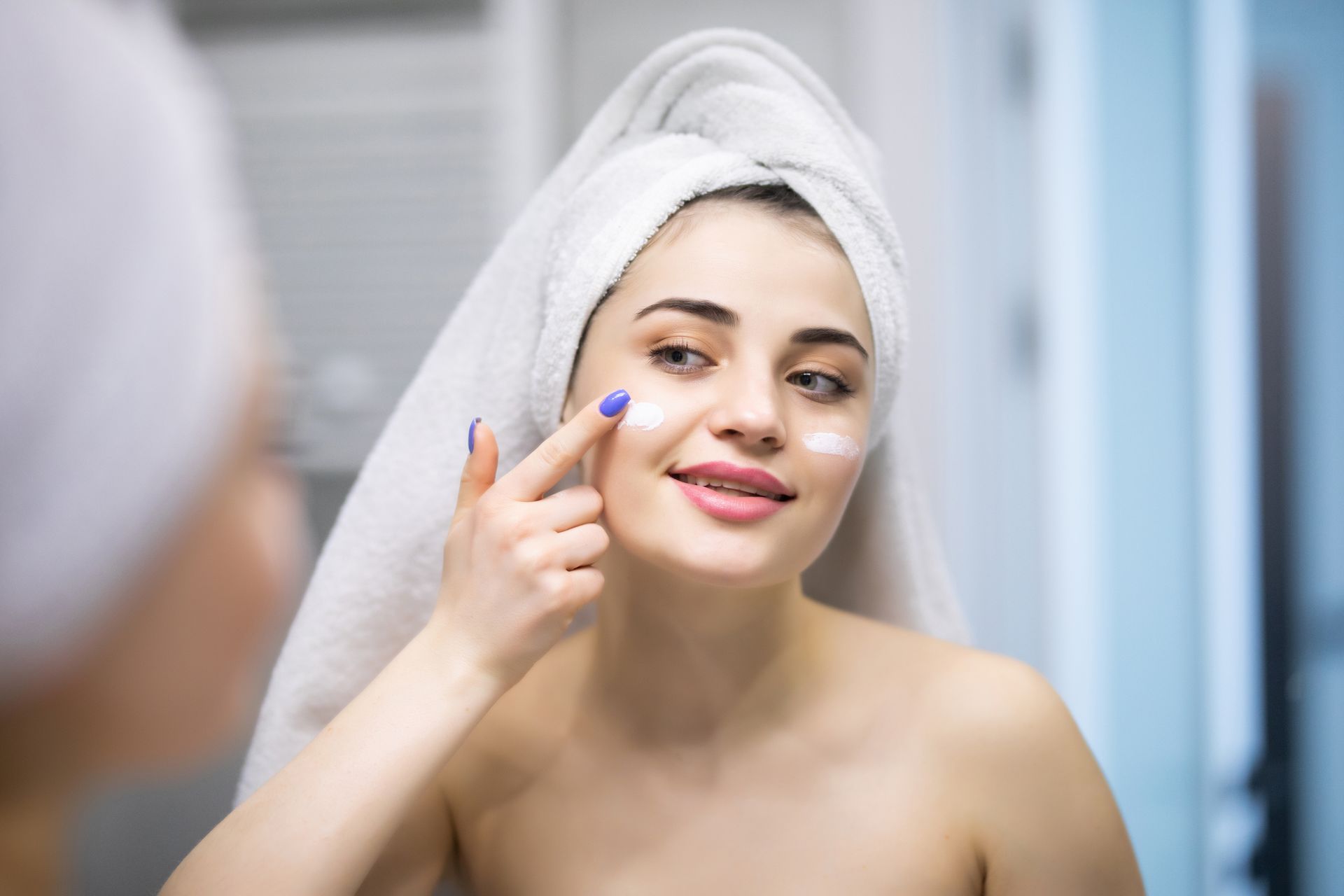A Comprehensive Guide to Laser Hair Removal on Legs
When it comes to achieving smooth, hair-free legs, the options are abundant, but one method has stood out as a game-changer in the world of hair removal: laser hair removal. If you're tired of the repetitive and sometimes painful routines of waxing, shaving, or depilatory creams, then this comprehensive guide is here to shed light on the remarkable world of laser hair removal for your legs.
Laser hair removal is a cutting-edge cosmetic procedure that has transformed the way people approach unwanted hair removal. With precise and
lasting results, it has become a go-to choice for individuals seeking a more permanent solution to leg hair concerns. But what makes it so effective, and how does it work its magic on those legs? In this guide, we'll delve into the science and process behind laser hair removal, ensuring you have a clear understanding of what to expect.
Benefits of Laser Hair Removal on Legs
While there are various methods available for removing leg hair, laser hair removal stands out for several compelling reasons. Not only does it offer long-lasting results, but it also provides a level of convenience and efficiency that other methods simply can't match. Let's explore
the key benefits that make it a top choice for many individuals:
1. Smooth and Hair-Free Legs
One of the primary benefits of laser hair removal on legs is the achievement of smooth, hair-free skin. Unlike shaving or waxing, which can leave behind stubble, razor burns, or ingrown hairs, laser hair removal delivers consistently smoother results. The laser precisely targets the hair follicles, reducing hair growth in treated areas. Over time, your legs will feel undeniably smooth, free from the need for constant upkeep.
2. Long-Term Hair Reduction
Laser hair removal is celebrated for its long-lasting effects. Most individuals experience a significant reduction in hair growth after a few sessions, and some even achieve near-permanent results. This means you can enjoy hair-free legs for an extended period, reducing the need for frequent maintenance and saving both time and money in the long run.
3. Convenience and Time Savings
Tired of spending valuable time and effort on daily shaving or frequent trips to the waxing salon? Laser hair removal offers unparalleled convenience. Sessions are relatively quick, and over time, they lead to a substantial reduction in hair growth. With your legs effectively treated, you can reclaim your time and enjoy the convenience of not having to worry about unwanted leg hair. No more last-minute shaving sessions before a special occasion or vacation – your legs will be ready at a moment's notice.
Laser hair removal on legs provides a multi-faceted solution for those seeking smooth, hair-free skin. It offers not only the immediate gratification of smooth legs but also the
long-term benefit of reduced hair growth. The added convenience and time savings make it an attractive choice for individuals looking to simplify their hair removal routine and enjoy the freedom of effortlessly beautiful legs.
How Laser Hair Removal Works for Legs
Laser hair removal is a sophisticated and precise method that specifically targets unwanted hair on your legs. Understanding how it works is key to appreciating its effectiveness and safety.
At the core of laser hair removal is the science of selective photothermolysis. This process utilizes the properties of light and heat to selectively damage the hair follicles while preserving the surrounding skin. Here's how it works:
- A specialized laser emits a concentrated beam of light that is absorbed by the pigment (melanin) in the hair.
- The absorbed light energy is transformed into heat, which damages the hair follicle, inhibiting further hair growth.
- Since the laser targets the melanin in the hair, the surrounding skin remains unharmed, making it a safe and effective procedure for hair removal on the legs.
Laser hair removal on the legs is highly effective because it precisely targets the hair follicles. The key to success lies in the contrast between the color of the hair and the surrounding skin. The procedure works best when there is a significant difference in pigmentation. Dark, coarse hair against lighter skin provides the ideal conditions for laser hair removal. However, advancements in technology have made it possible to treat a wider range of
skin and hair types, including individuals with darker skin.
Treatment Process for Legs
A typical laser hair removal session for the legs involves the following steps:
- Preparation: Before the procedure, the area to be treated is cleaned, and any excess hair is trimmed to the appropriate length.
- Protective Eyewear: Both the patient and the practitioner wear protective eyewear to shield their eyes from the laser's intense light.
- Laser Application: The laser device is precisely adjusted to match your skin type and hair color. The practitioner will guide the laser handpiece over the targeted area, emitting pulses of laser light.
- Cooling: Many modern laser devices incorporate cooling mechanisms to keep the skin comfortable during the procedure. Cooling sprays or a cooled sapphire tip are often used to minimize discomfort.
- Post-Treatment Care: After the session, the treated area may appear slightly red and may feel warm, similar to a mild sunburn. Practitioners often apply a soothing gel or lotion to alleviate any discomfort.
Multiple sessions are required to achieve the best results, as hair grows in different stages, and laser hair removal is most effective on hair in the active growth phase.
Preparing for Your Laser Hair Removal Treatment
Before starting your laser hair removal journey for your legs, proper preparation is essential. This involves initial consultations and patch tests, as well as adhering to specific pre-treatment guidelines to ensure a safe and effective process.
During the initial consultation, you'll meet with a qualified practitioner to
discuss your treatment goals and expectations. The practitioner will assess your skin type and hair color to determine the most suitable laser settings for your unique characteristics. Following this consultation, a patch test is often performed, involving the treatment of a small area on your leg with the laser. This test helps gauge how your skin responds and confirms the correct settings. It's vital to follow any instructions provided by your practitioner regarding the patch test to ensure safety and minimize the risk of adverse reactions during the actual treatment sessions.
In terms of pre-treatment guidelines, several key steps should be followed. First, it's important to minimize sun exposure to the treatment area before your laser hair removal sessions. Sunburned or tanned skin can increase the risk of side effects, so waiting until your skin returns to its natural tone is advisable. Shaving the treatment area a day or two before your laser session is recommended. This ensures that the laser energy is primarily absorbed by the hair follicles rather than the hair above the skin's surface. Avoid waxing or plucking, as these methods remove the hair follicle, which is the target of the laser.
Refrain from using any chemical products, such as creams, lotions, or deodorants, on the treatment area before your laser sessions. Clean, unadorned skin is ideal for the procedure. Be sure to inform your practitioner about any medications or supplements you're taking, as certain ones can make your
skin more sensitive to light, increasing the risk of adverse effects. Follow their guidance on whether to continue or discontinue these substances before your treatment.
Finally, staying well-hydrated before your treatment session is advised. Hydrated skin tends to respond better to laser treatments and may be less prone to adverse reactions. By adhering to these pre-treatment guidelines and undergoing a consultation with a qualified practitioner, you'll be well-prepared for a safe and
successful laser hair removal experience on your legs. Proper preparation is essential for achieving the smooth, hair-free results you desire.
What to Expect During a Leg Laser Hair Removal Session
Laser hair removal on your legs is a straightforward and efficient process that offers the promise of smooth, hair-free skin. Before the session begins, the treatment area will be cleaned, and any excess hair will be trimmed to the appropriate length. This ensures that the laser energy is focused on the hair follicles rather than the hair above the skin's surface.
The laser device will be precisely adjusted to match your skin type and hair color. This customization ensures that the laser is optimized for your unique characteristics, increasing both safety and effectiveness. With the settings in place, the practitioner will guide the laser handpiece over the targeted area. During this process, the laser emits pulses of concentrated light. The light energy is absorbed by the pigment (melanin) in the hair, which is then converted into heat, ultimately damaging the hair follicles and inhibiting further hair growth. Importantly, the surrounding skin remains unharmed due to the precision of the laser.
Many modern laser devices come equipped with cooling mechanisms, such as cooling sprays or a cooled sapphire tip. These are used to keep your skin comfortable and to minimize any sensations of warmth or mild discomfort during the treatment.
Pain Management Options for Legs
Pain levels during laser hair removal sessions are generally quite manageable, with many individuals describing the sensation as similar to a mild snapping of a rubber band against the skin. During your leg laser hair removal session, you have several options for managing potential
discomfort. Some practitioners may provide topical numbing creams or gels to reduce any discomfort, applying them before the session. Additionally, cooling devices are frequently used during the procedure to soothe the skin and reduce sensations of heat or discomfort. Your practitioner can also adjust the laser settings to strike the right balance between effectiveness and comfort, ensuring that your experience is as pain-free as possible.
The duration of a leg laser hair removal session varies depending on the size of
the treatment area. Smaller areas, like the upper lip, may take only a few minutes, while larger areas, such as both legs, can take up to an hour or more. Your practitioner will provide a more precise estimate during your initial consultation.
Aftercare and Recovery for Leg Laser Hair Removal
Once your leg laser hair removal session is complete, it's essential to follow specific aftercare guidelines to ensure a smooth and comfortable recovery, and to maintain your hair-free results.
Immediate Post-Treatment Care
Directly after your laser hair removal session, you may experience some mild redness and warmth in the treated area. Here are some immediate post-treatment care steps to follow:
- It's important to protect the treated area from sun exposure. Sunscreen and covering the area with clothing can help prevent sunburn and hyperpigmentation.
- For the first 24 hours after your session, avoid hot baths, hot tubs, and hot showers. Use lukewarm water when washing the treated area to prevent irritation.
- Cleanse the treated area gently with a mild, non-alcoholic, and fragrance-free cleanser. Avoid harsh or scented products that can irritate the skin.
- Refrain from scrubbing or exfoliating the treated area for at least a week following the treatment. Let the hair naturally shed.
Long-Term Maintenance for Smooth Legs
Achieving smooth, hair-free legs requires a series of laser hair removal sessions. To maintain your results and keep your legs hair-free in the long term:
- Attend all scheduled sessions as recommended by your practitioner. These sessions are essential to target hair in various growth stages.
- Throughout your treatment course, refrain from plucking, waxing, or using depilatory creams on the treated area. These methods can disrupt the hair follicles and hinder the effectiveness of laser hair removal.
- Consistency is key to maintaining smooth legs. Follow through with your recommended maintenance sessions to ensure any new hair growth is effectively treated.
Managing Any Discomfort on the Legs
In the days following your laser hair removal session, you may experience mild discomfort, which is typically manageable. Here are some tips for managing any discomfort:
- Applying a cold compress to the treated area can help reduce any redness or swelling and provide relief from any warmth or irritation.
- Drink plenty of water to keep your skin well-hydrated. Hydrated skin tends to heal and recover more effectively.
- Wearing loose, breathable clothing can help minimize friction and irritation on the treated area.
- If you experience any discomfort or pain, you can consider using over-the-counter pain relievers, following the instructions provided on the packaging. Always consult with your practitioner before using any medications.
Conclusion
This comprehensive guide to laser hair removal on legs has illuminated the path to achieving smooth, hair-free legs with precision and long-lasting results. By understanding the science and process behind the procedure, preparing diligently, and following proper aftercare, individuals can experience the convenience and confidence that comes with permanently reduced leg hair. With this knowledge, you're now equipped to make an informed decision, embracing the freedom of effortlessly beautiful and hair-free legs, and bidding farewell to the hassles of traditional hair removal methods.
BOOK YOUR FREE SESSION
